-
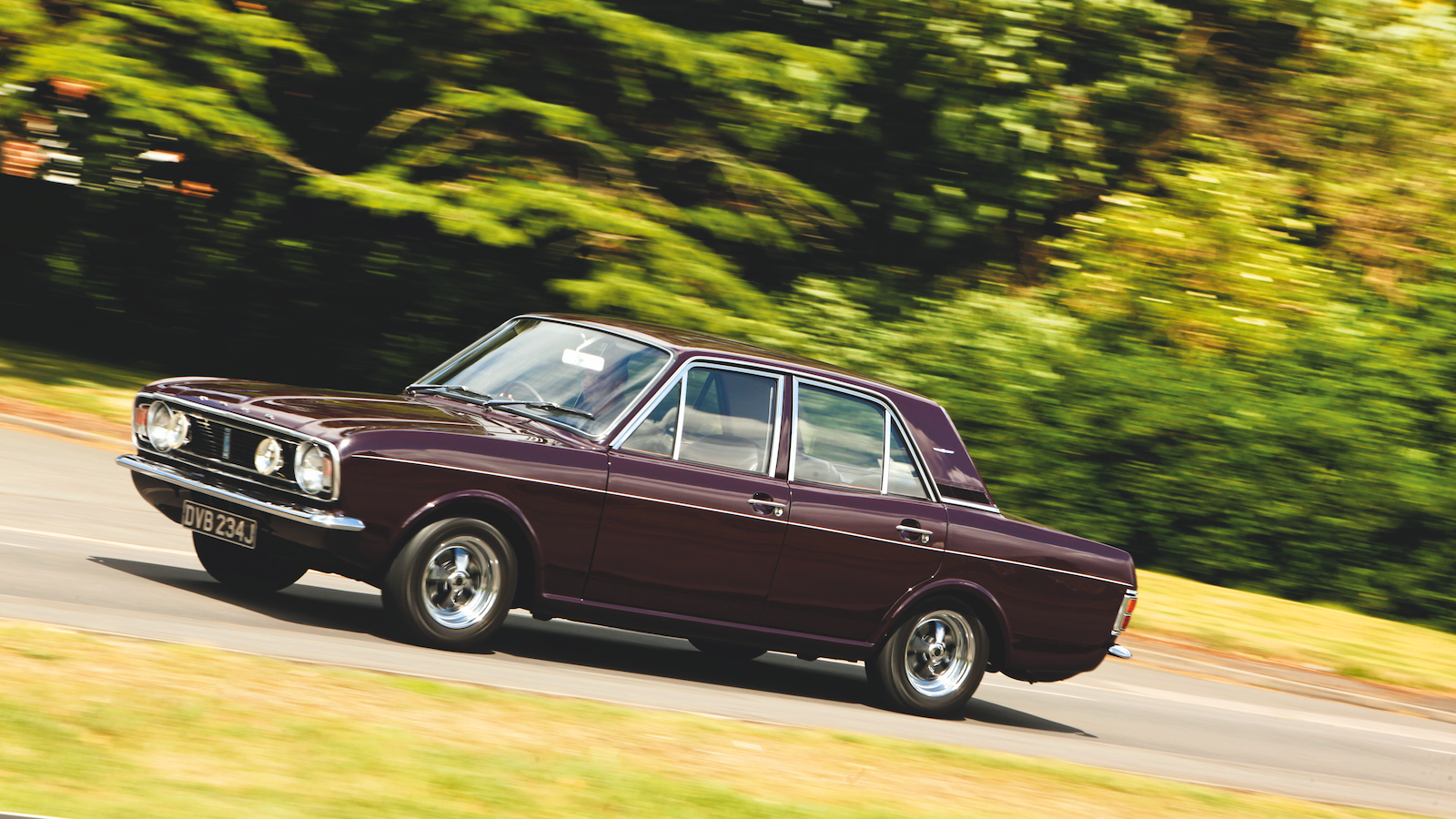 © Tony Baker/Classic & Sports Car
© Tony Baker/Classic & Sports Car -
 © Tony Baker/Classic & Sports Car
© Tony Baker/Classic & Sports Car -
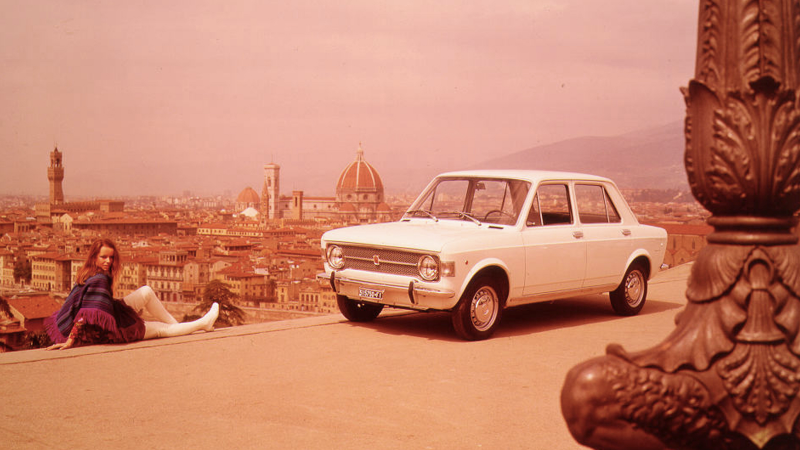 © Newspress
© Newspress -
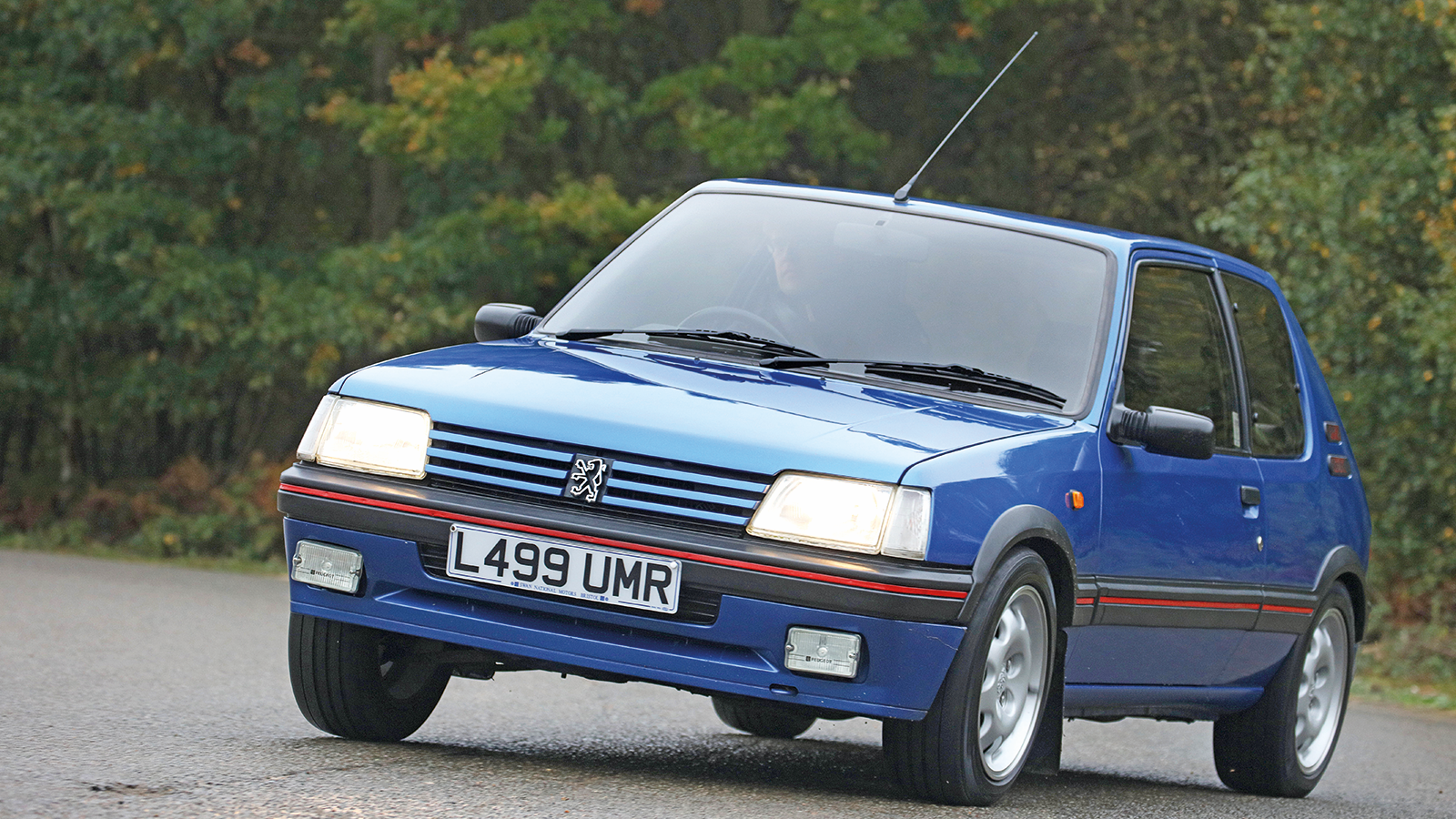 © Tony Baker/Classic & Sports Car
© Tony Baker/Classic & Sports Car -
 © James Mann/Tony Baker/Classic & Sports Car
© James Mann/Tony Baker/Classic & Sports Car -
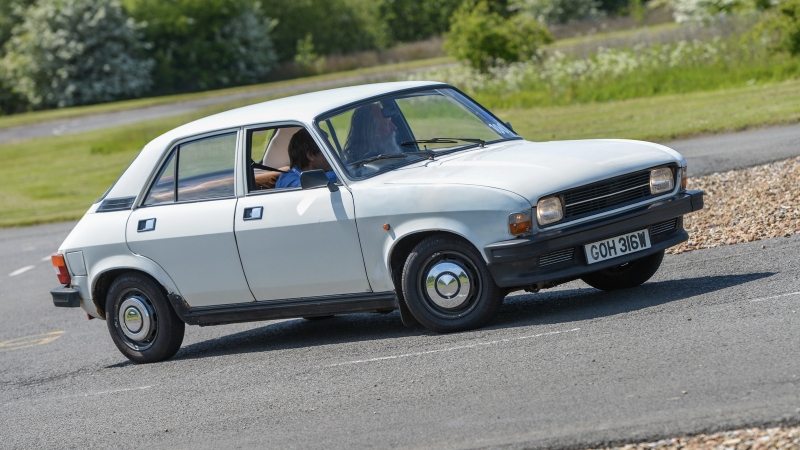 © Newspress
© Newspress -
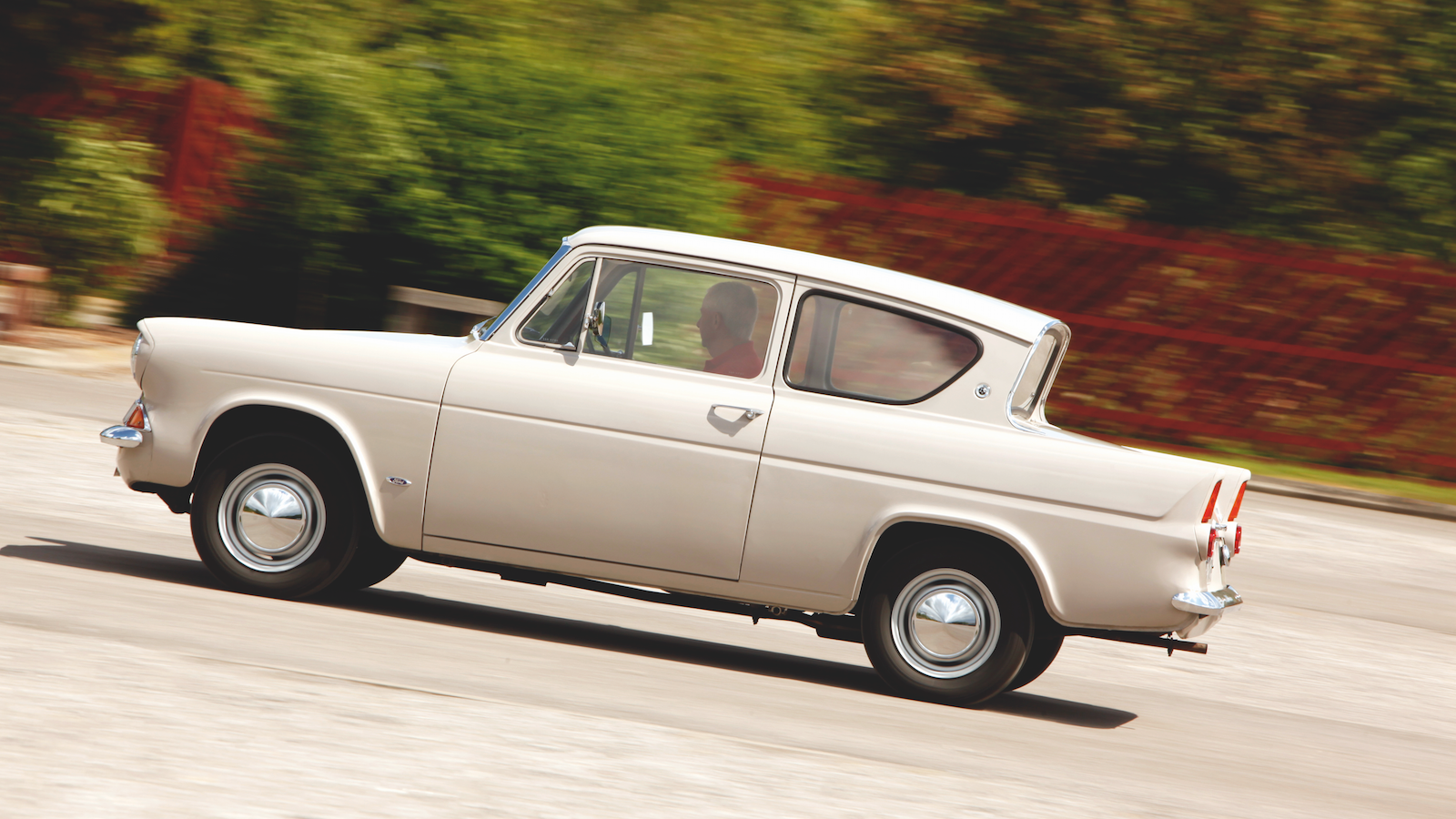 © Tony Baker/Classic & Sports Car
© Tony Baker/Classic & Sports Car -
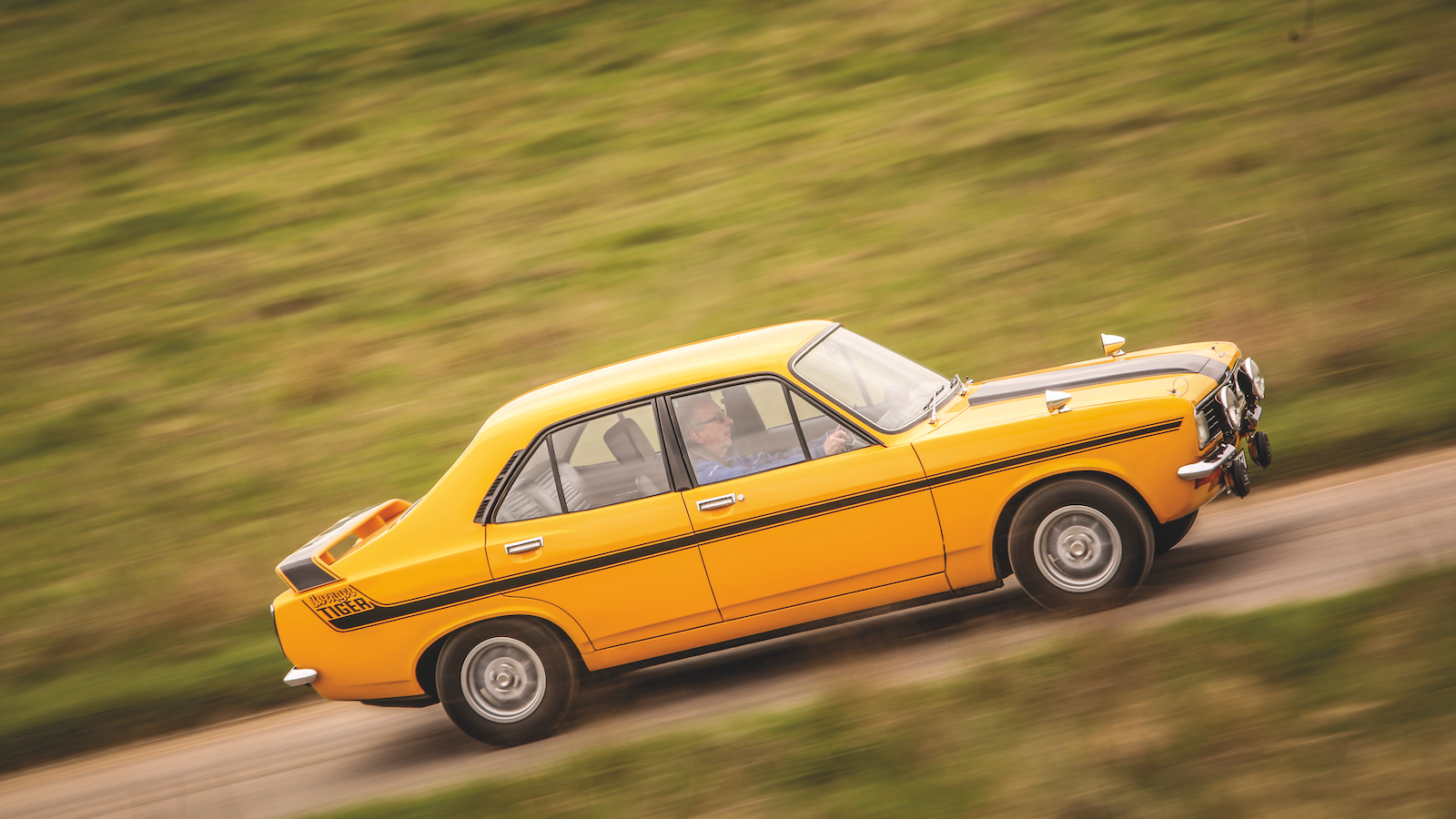 © Tony Baker/Classic & Sports Car
© Tony Baker/Classic & Sports Car -
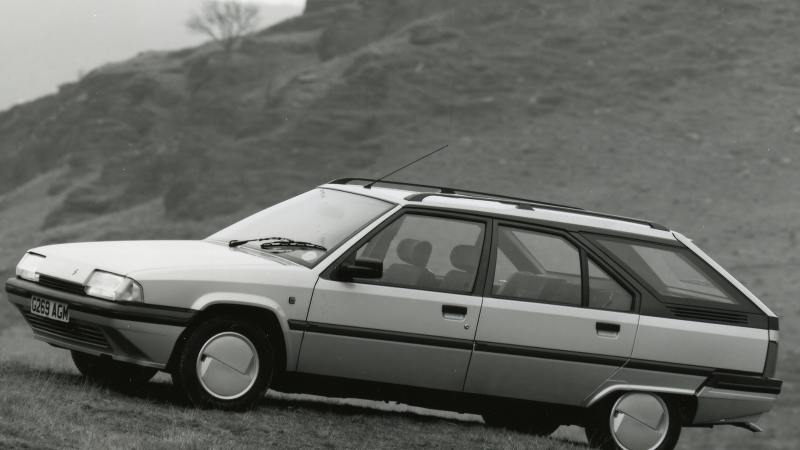 © Newspress
© Newspress -
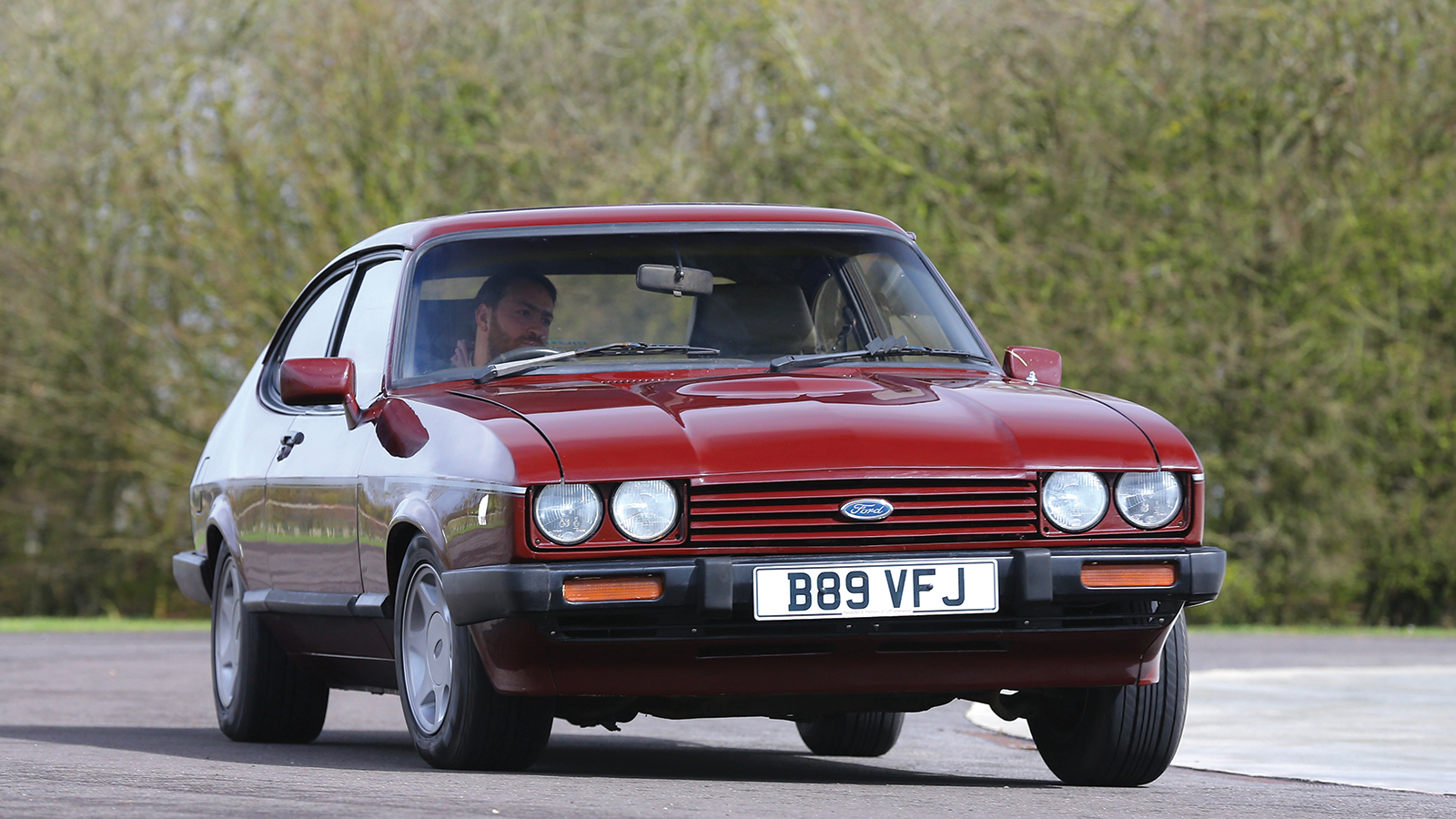 © James Mann/Julian Mackie/Classic & Sports Car
© James Mann/Julian Mackie/Classic & Sports Car -
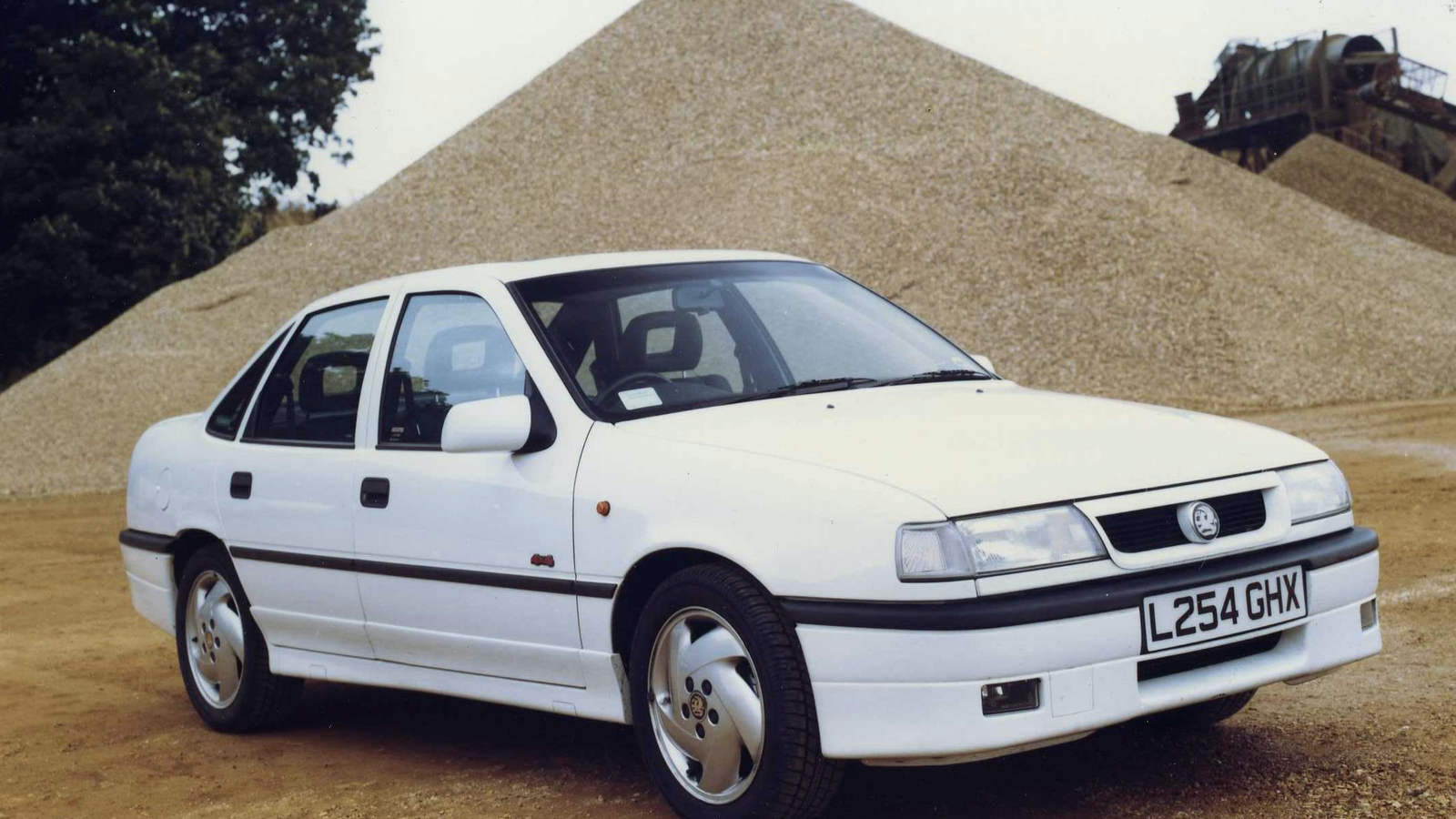 © Newspress
© Newspress -
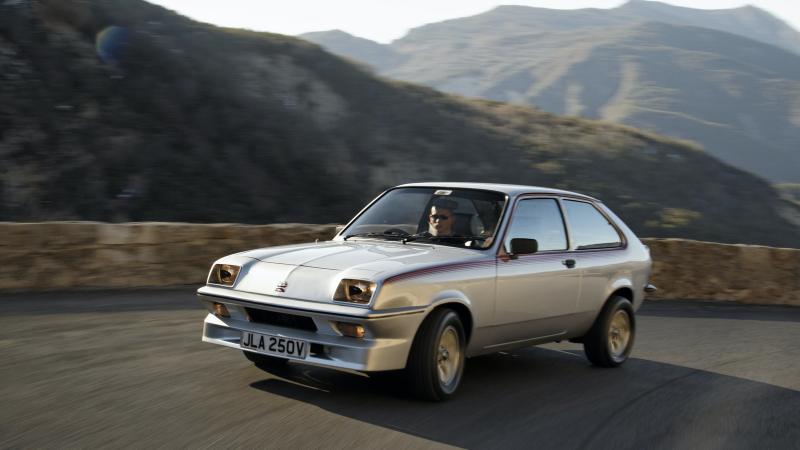 © Newspress
© Newspress -
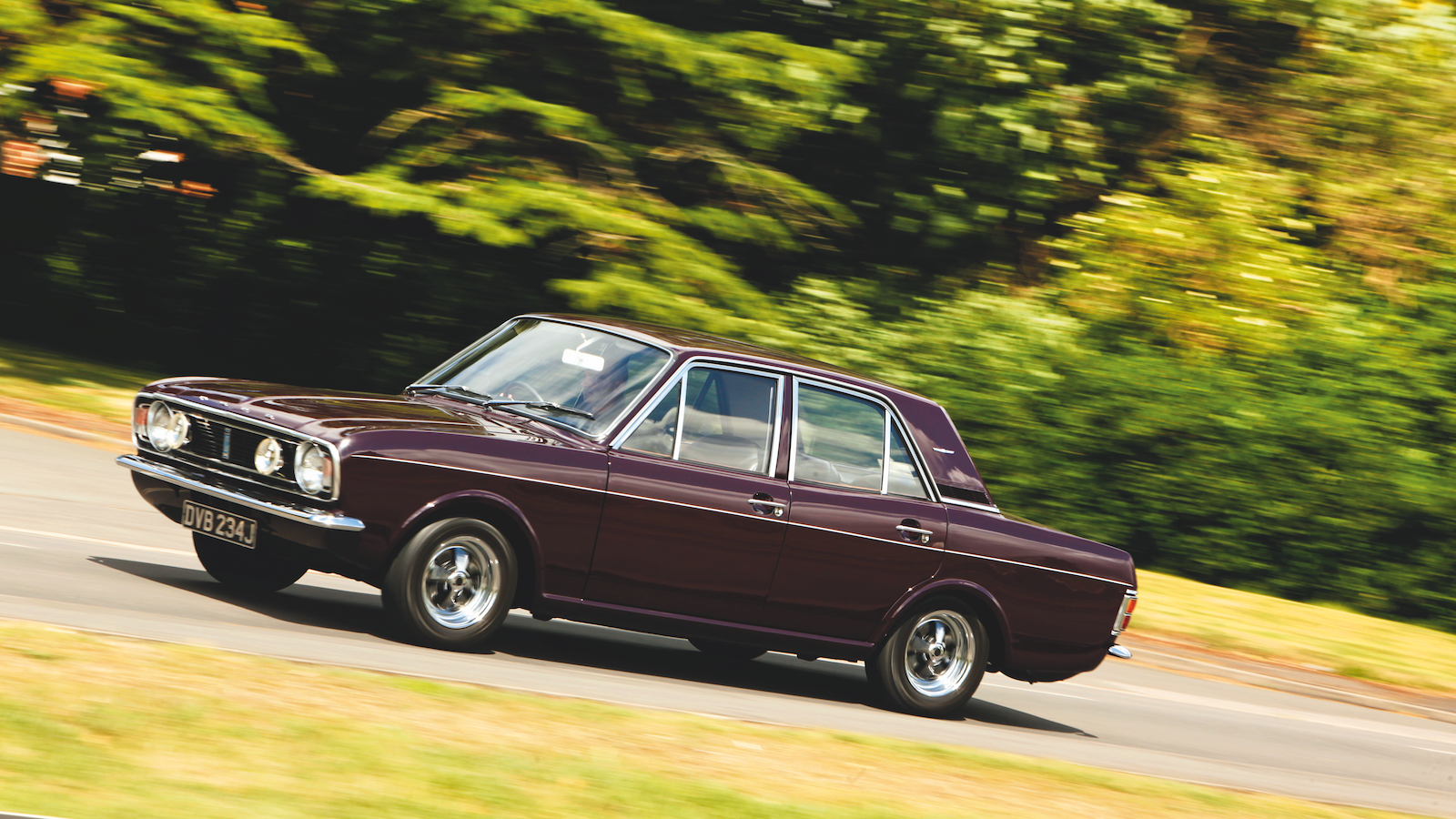 © Tony Baker/Classic & Sports Car
© Tony Baker/Classic & Sports Car -
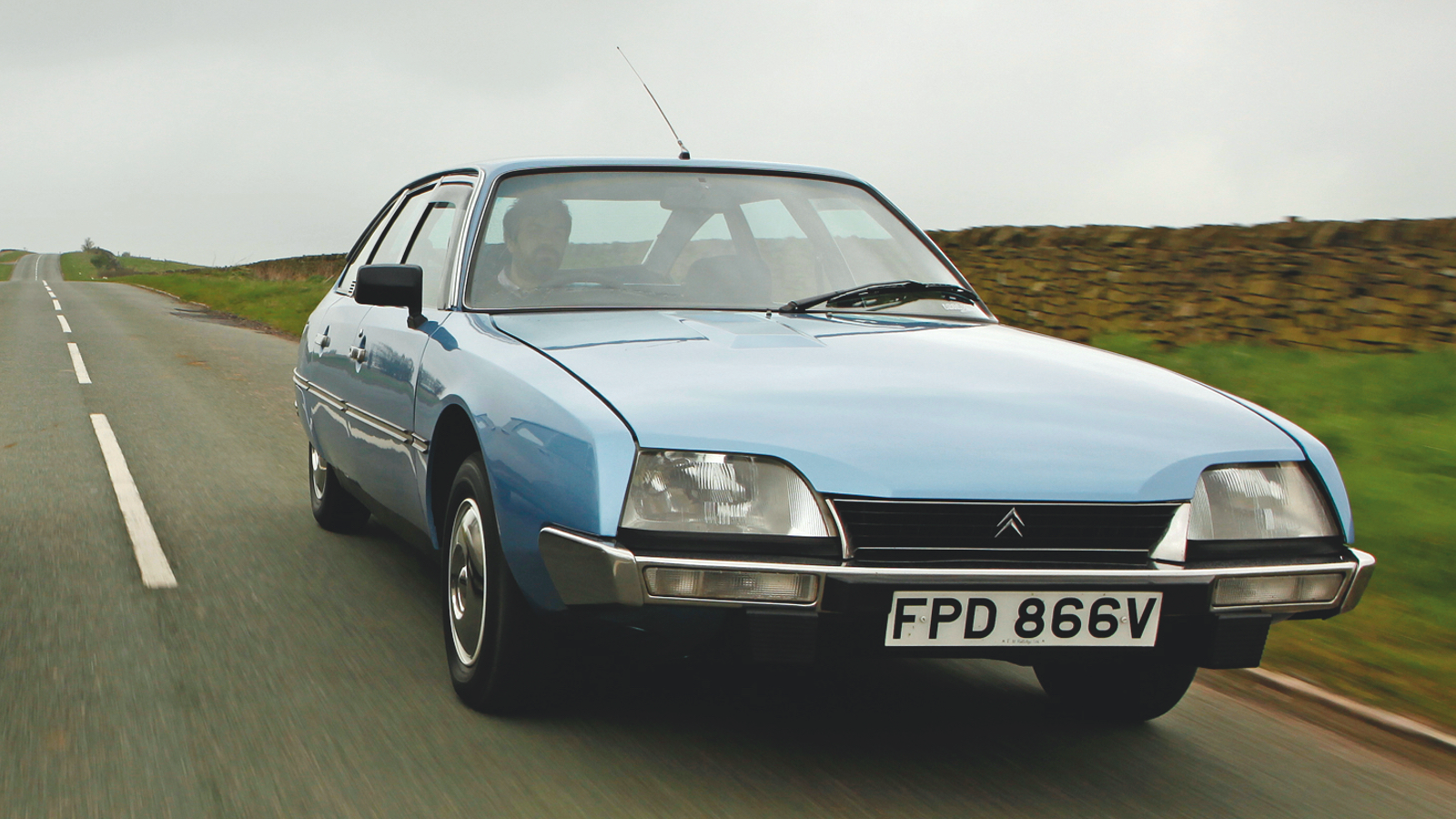 © Tony Baker/Classic & Sports Car
© Tony Baker/Classic & Sports Car -
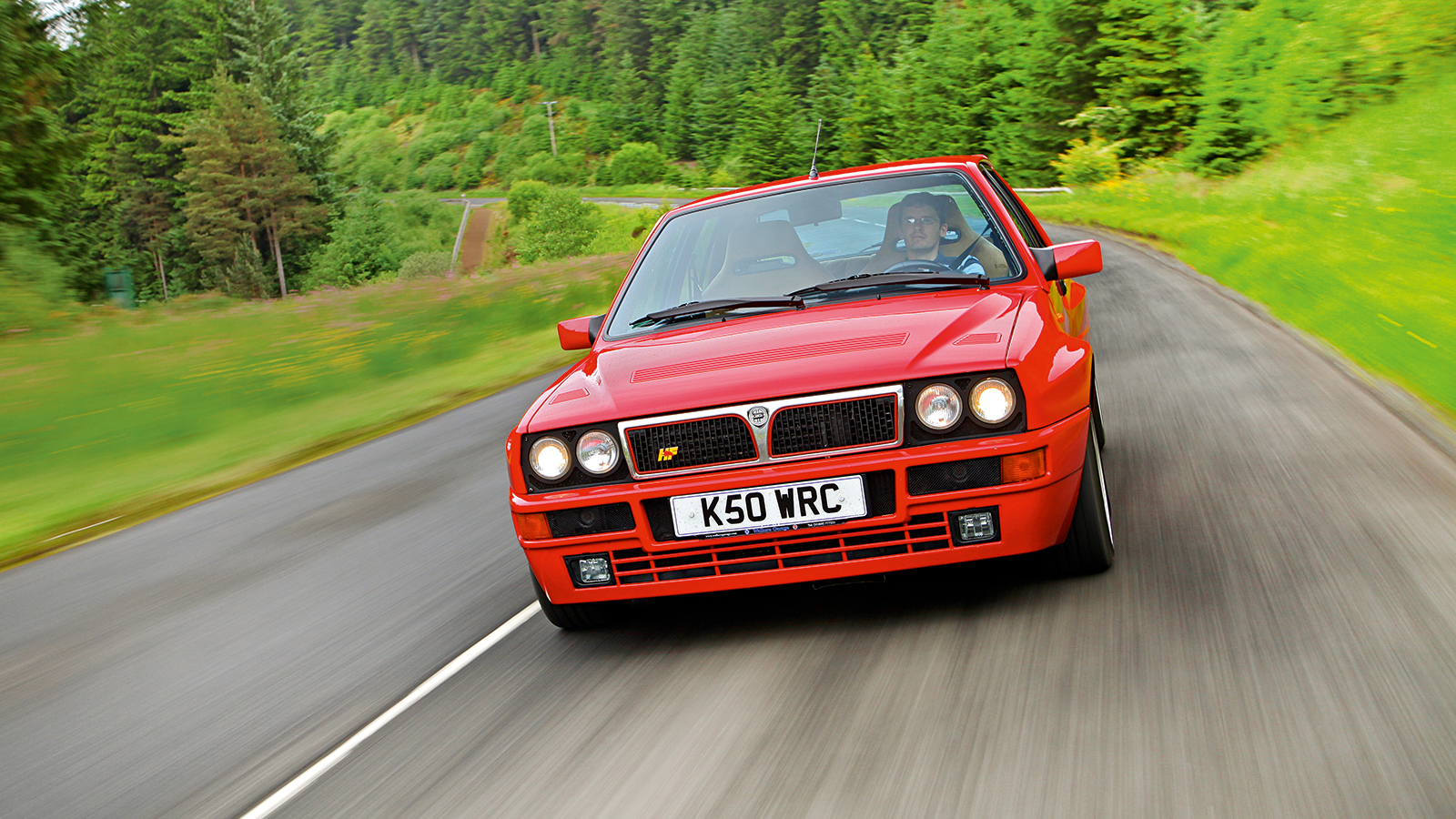 © Julian Mackie/Classic & Sports Car
© Julian Mackie/Classic & Sports Car -
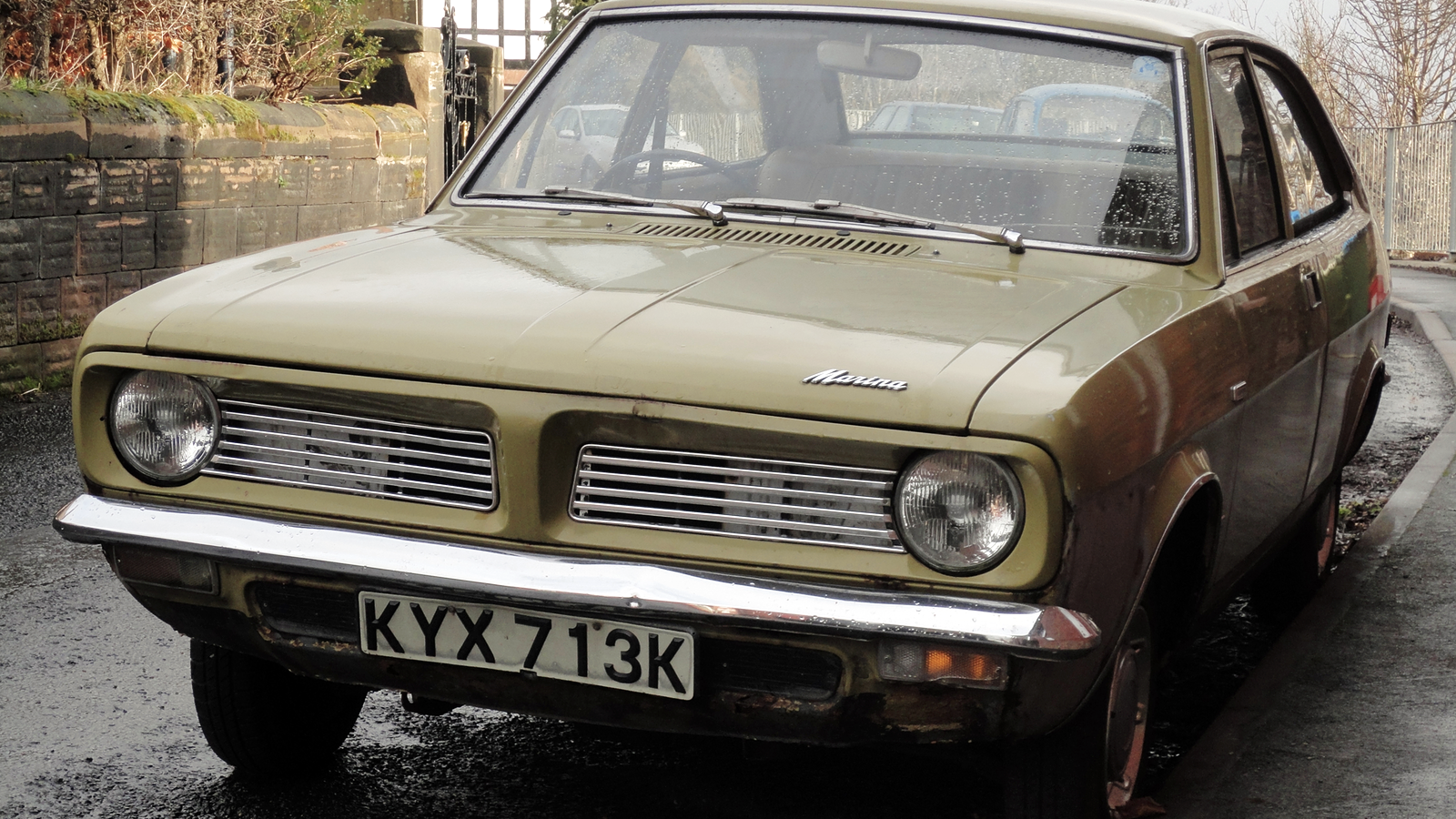 © Allen Watkin/Creative Commons
© Allen Watkin/Creative Commons -
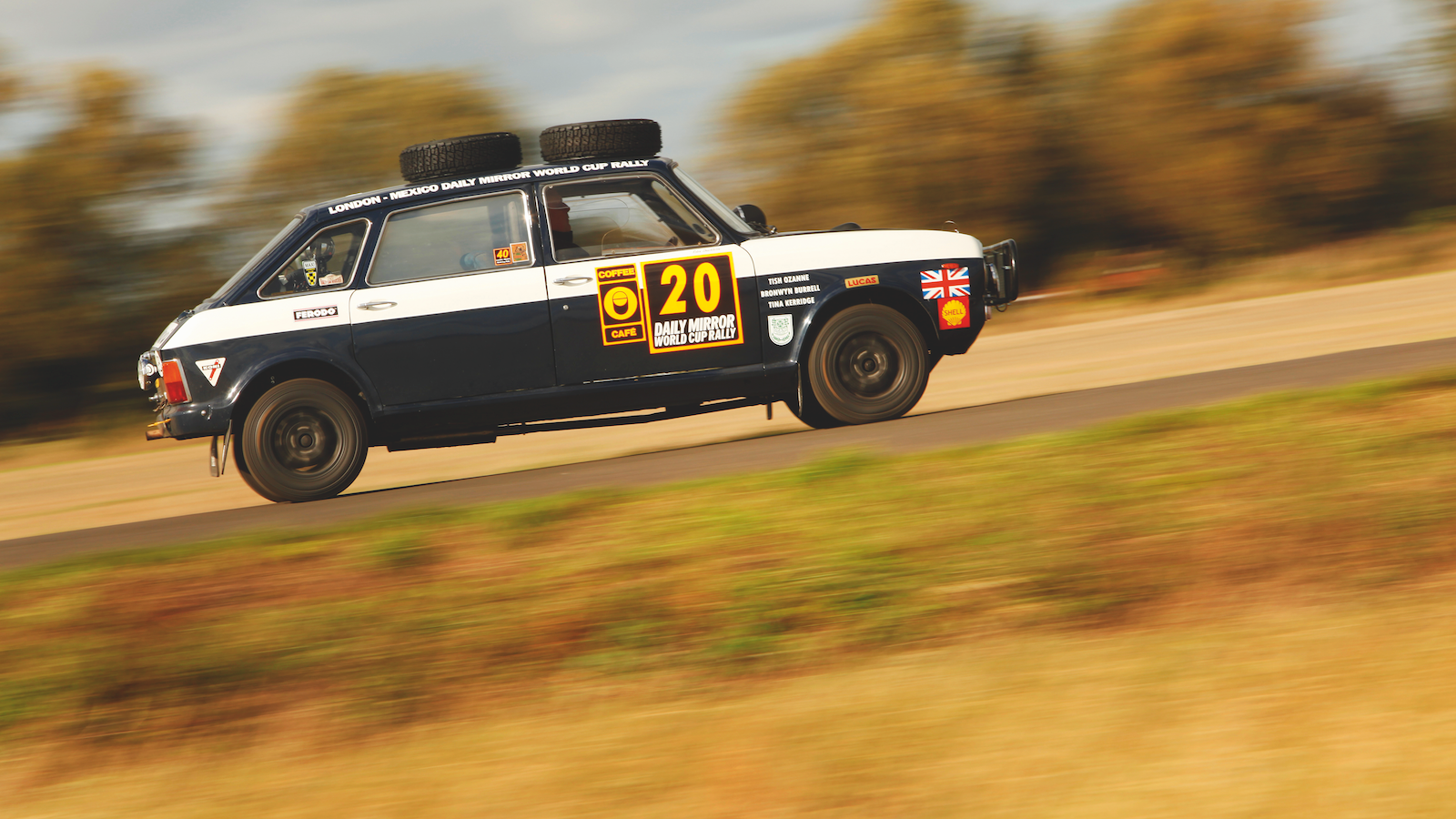 © Tony Baker/Classic & Sports Car
© Tony Baker/Classic & Sports Car -
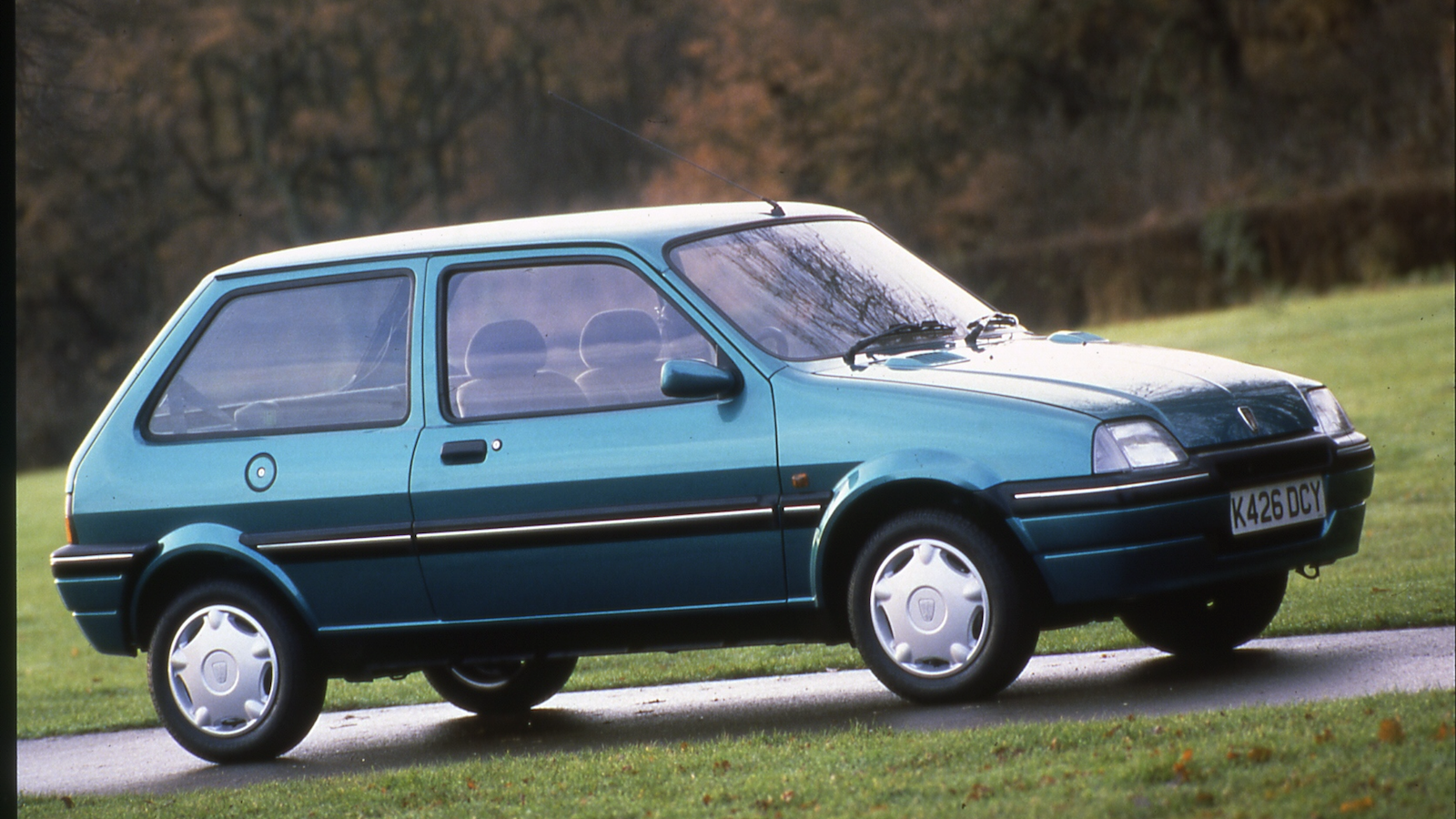 © Newspress
© Newspress -
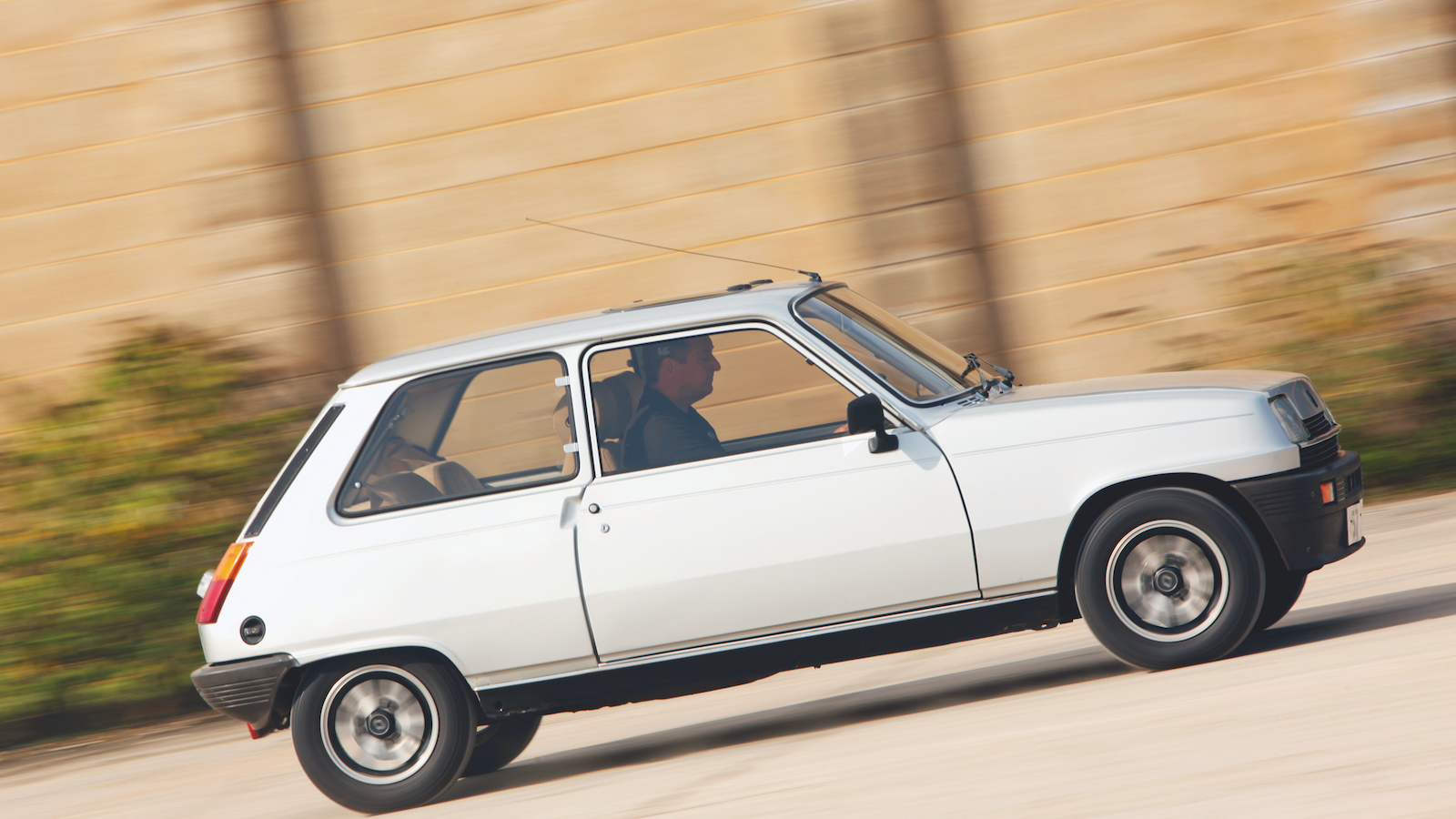 © Tony Baker/Classic & Sports Car
© Tony Baker/Classic & Sports Car -
 © Tony Baker/Classic & Sports Car
© Tony Baker/Classic & Sports Car -
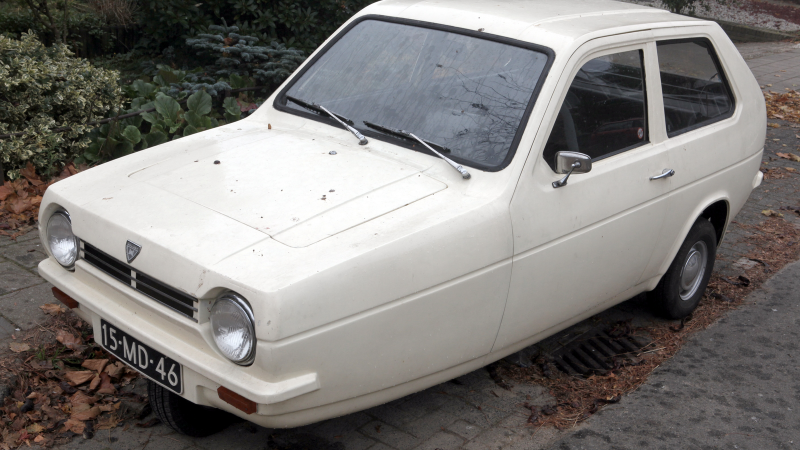 © Joost J. Bakker/Creative Commons
© Joost J. Bakker/Creative Commons -
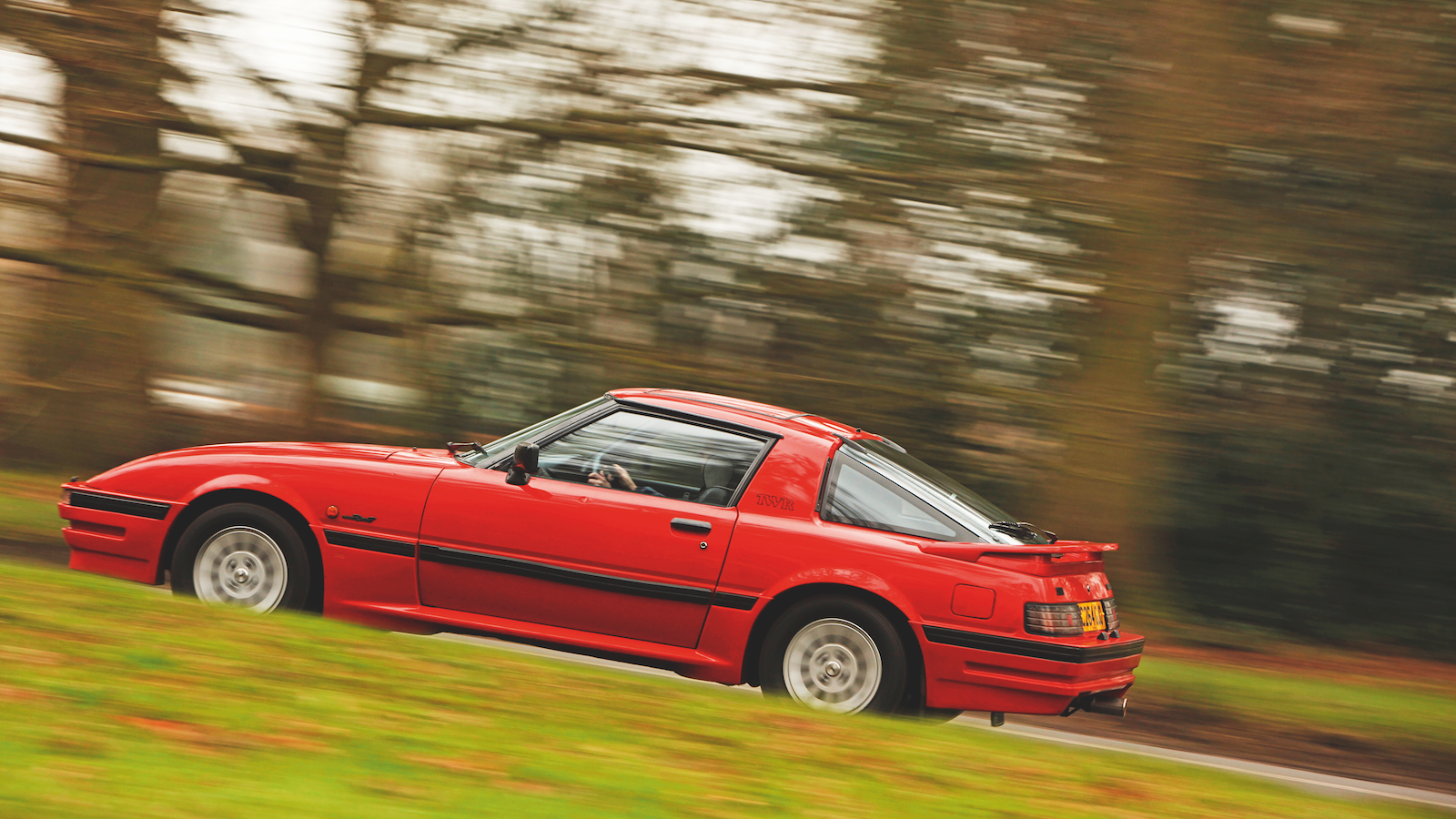 © Tony Baker/Classic & Sports Car
© Tony Baker/Classic & Sports Car -
 © Newspress
© Newspress -
 © Newspress
© Newspress -
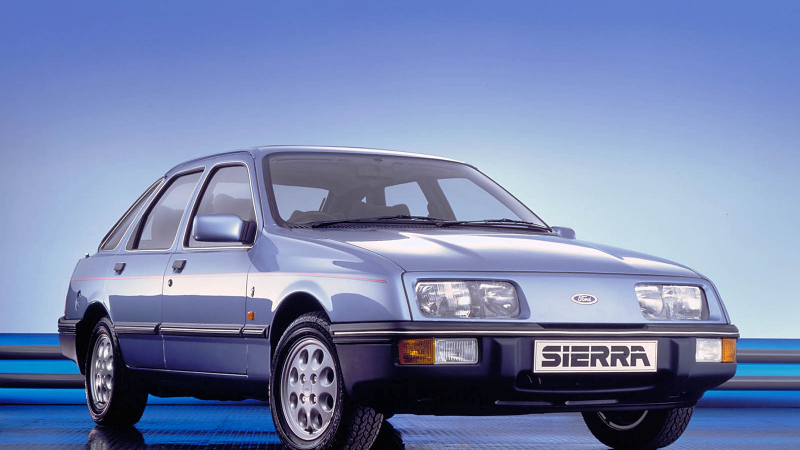 © Newspress
© Newspress -
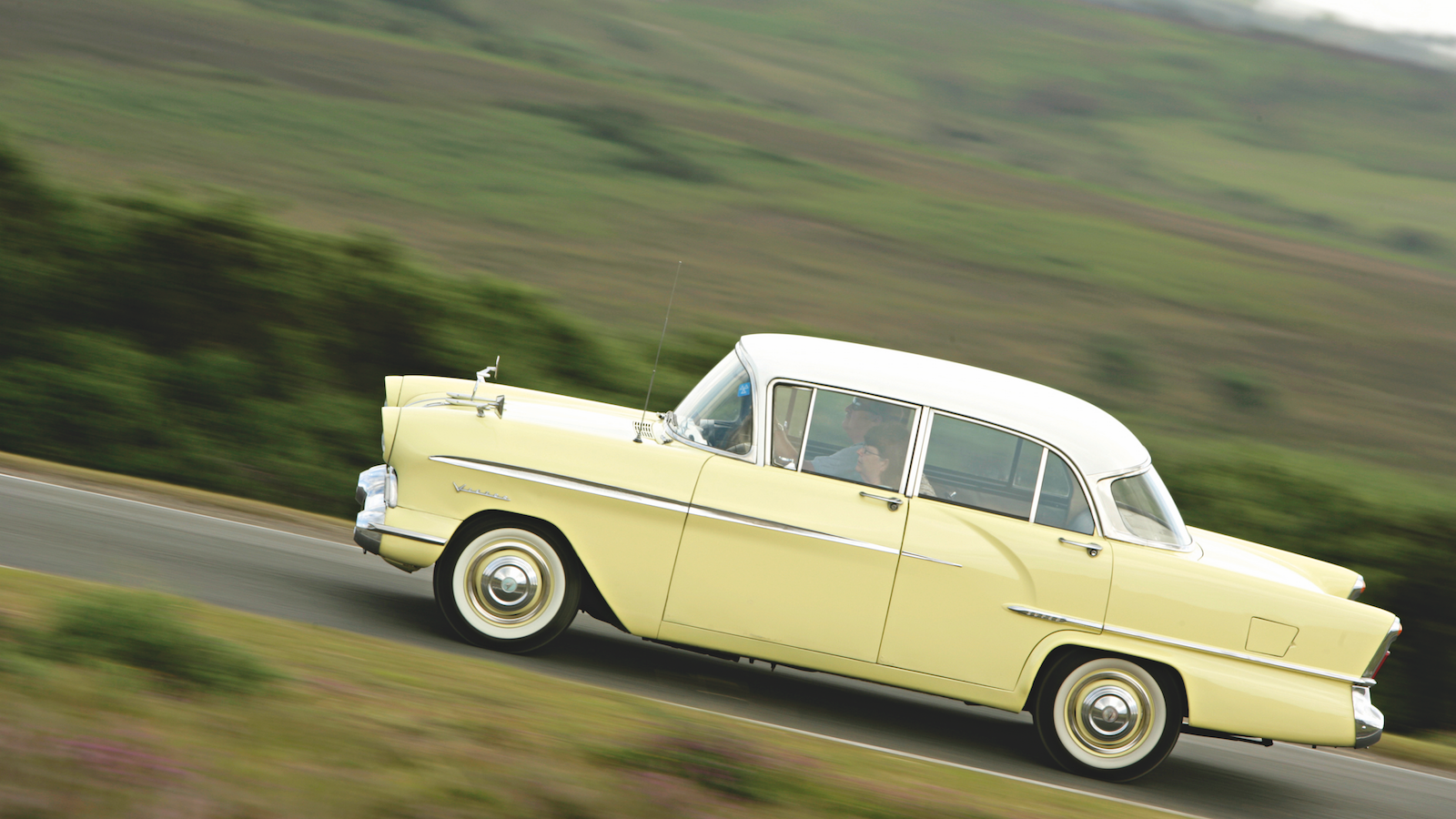 © Tony Baker/Classic & Sports Car
© Tony Baker/Classic & Sports Car
-
Once everywhere, now endangered
Being a best-seller is no guarantee of longevity. Just ask the Spice Girls.
Much like the ’90s girl band, many a classic car has enjoyed world-beating status only to disappear completely within a few decades.
In fact, several models that once thronged high streets now survive in such limited numbers that they could rightly be classed as endangered – though not all are deserving of preservation.
Want examples? The website How Many Left handily charts how many of each model still exist in the UK, whether off the road or on it. We had a delve – and it didn’t take long to find a fleet of once-popular cars now on the critical list.
-
Citroën 2CV
A favourite with French farmers and potato-carriers everywhere, the spartan 2CV was a rugged workhorse built to haul produce without breaking the bank – and it had arguably the most pliant suspension of any car, ever.
Nearly 3.9m were built, almost all of which were put to work – which might explain why only 3053 remain registered on UK roads today.
-
Fiat 128
European Car of the Year in 1970, Fiat’s boxy 128 carried a novel front-engine, front-drive setup which allowed for a surprisingly spacious interior – despite the family car’s relatively compact shell.
More than 3.1m were built, not accounting for the millions more produced under licence around the world – from the Upali version in Sri Lanka to the Zastava 128 in Serbia.
Today? Things don’t look so bright for the plucky Fiat, with a token 45 registered on UK roads and 44 more off it. How the numerous have fallen.
-
Peugeot 205
The 205 supermini was one of the defining cars of the ’80s, single-handedly reviving Peugeot’s reputation for staid automobiles – and, in GTI guise, was one very hot hatchback.
Blessed with attractive lines that complemented its compact shell, the 205 survived right up until 1998, with more than 5m examples leaving the production line over its 15-year run.
Alas, age and lightweight Gallic construction hasn’t served the 205 well: of the 470,000 sold in the UK, just 4377 are still registered on the road – some 1400 of which are GTIs.
-
Alfa Romeo Alfasud
One of the best-selling Alfa models of all time, the Italian marque shipped more than a million of its Giugiaro-styled family wagons between 1971 and 1989, across several variants.
Most potent in Ti guise, every ’Sud enjoyed four-wheel disc brakes, advanced suspension and an aerodynamic shell – while the Sprint, launched in ’76, was sharpest of all.
Doing nothing for the reputation of Italian build quality, though, the Alfasud was notoriously prone to rust: a mere 96 survived the rot and are still registered on UK roads, with a further 186 declared off the road. Sorry ’Sud.
-
Austin Allegro
The Allegro was widely reviled for its shonky Hydragas suspension, woeful reliability and awful build quality – windscreens would pop out if you jacked them up incorrectly, for instance.
But despite being the butt of every motoring joke going, it sold by the bucketload: 643,350 were shipped between 1973 and 1982.
Perhaps less surprisingly, only 198 are left on the road today. Probably for the best.
-
Ford Anglia
Famous long before it flew in Harry Potter, Ford stuck the Anglia name on several models between 1939 and ’67 – though the 105E (built after 1959) was arguably the best known.
Built to the tune of more than a million examples, it was a huge success for the Blue Oval brand.
But as we’ve already seen, longevity means nothing here: today a mere 2496 remain on UK roads, with a further 1289 stored off them.
-
Hillman Avenger
Badged as a Chrysler after ’76 and a Talbot after ’79, the Avenger was originally a Rootes-built Hillman, launched in the UK in 1970 complete with Coke-bottle body and plastic grille – a first for the UK.
Its foray into the US market as the Plymouth Cricket wasn’t so successful, with reliability woes seeing it pulled after just two years. More appealing was the Tiger variant, a more powerful model with striped paint job launched in 1972.
It seems those longevity woes were never quite ironed out, though: only 521 are registered in the UK, and of those just 234 are actually on the road.
-
Citroën BX
Where the Citroëns of the ’60s and ’70s were stylish, original and just a little bit sci-fi, by the ’80s the French marque favoured mass appeal over endearing quirkiness.
Still distinctive, the BX launched in 1982 wrapped in a Bertone-penned shell originally designed for Reliant. It carried self-levelling suspension like its forebears, but ditched air-cooled flat four motors in favour of water-cooled numbers.
Of an impressive 2.3m originally built, a scant 311 remain on the road in the UK – an astonishing fall from the 110,000 registered 20 years ago.
-
Ford Capri
A muscle car for the British masses, the Capri wrapped the Mk2 Cortina in a Mustang-inspired fastback shell – and it did gangbusters for the American marque, selling 1.9m units between 1968 and ’86.
An increasingly popular classic today, finding decent ones in Blighty is becoming more difficult. As with the Mustang, there were oh-so-many varieties, but only 3659 remain on the road in the UK today.
-
Vauxhall Cavalier
Vanilla it might have been, but Vauxhall’s large family wagon did very well for the British marque. Across three generations and 20 years, more than 1.8m Cavaliers were sold in the UK – making it the country’s fifth most popular car of all time.
Sadly, that popularity hasn’t ensured its perpetuity: a trifling 2250 are registered for road use today – down from around 60,000 a decade ago and 800,000 in 1999!
-
Vauxhall Chevette
From a saloon to a compact, Vauxhall’s baby Chevrolet was one of many built internationally on GM’s T-Car platform – including the Opel Kadett in Germany and the Holden Gemini in Australia.
Arguably the first compact hatchback launched in Britain, the Chevette was a best-seller in the UK, shifting more than 400,000 units over nine years – though not many of those are left now: just 257 are listed for road use in Britain.
-
Ford Cortina
Branded by Ford as a car ‘built to last’, the Blue Oval’s ubiquitous family saloon enjoyed a production run of some 20 years – and, with almost 2.6m sold in Britain alone, it was easily the most popular car in the UK during the 1970s.
Despite the label of longevity, though, the Cortina hasn’t fared well in the three-and-a-bit decades since production ceased: just 4015 remain on UK roads, with a further 3450 registered as parked.
-
Citroën CX
Distinctive, low-drag and pretty darn sizeable, the CX was to many the last true Citroën before Peugeot took charge of the French marque in ’76 – and it was quite the looker: whether in fastback, estate or long-wheelbase guise, the aerodynamic shell cut a dash alongside mundane executive alternatives.
Equipped with Citroën’s self-levelling suspension tech, it also rode like a dream – which surely helped the model on its way to shifting almost 1.2m units between 1974 and ’91.
Sadly, a meagre 157 are listed for road use in the UK today.
-
Lancia Delta
Made famous in the ’80s on the stages of the World Rally Championship – where it claimed 46 victories and a record six straight titles – the Delta was popular as more than just a rally weapon.
Built for some 15 years by the Italian marque, the Delta launched in 1979 as a boxy five-door hatchback shelled by Giorgetto Giugiaro, going on to ship in several variants – including a host of homologation specials, most notably the Integrale (of which 44,000 or so were built).
In total, of all the Deltas built, a paltry 314 remain registered for road use in the UK.
-
Morris Marina
Designed and built in a mere 18 months, the shonky Marina mainly used components from the tired Minor – albeit bodged together, with wonky wheels and windscreen wipers that went the wrong way.
Somehow, though, the British Leyland machine still sold well, shifting more than 800,000 units – not bad for a car widely derided. Less shocking is the number of machines that remain on the road in the UK today: just 329.
-
Austin Maxi
Another British Leyland number, the Maxi shipped in ’69 as the first five-door hatchback in Britain with a five-speed transmission – but it was so much more than that: crashed by John Lennon, used by a married couple to escape Soviet Berlin and given away in a Mars promotion, the humble Maxi was something of a ’70s icon.
The one pictured? It ran in the 16,000-mile World Cup Rally – proving that the compact Austin was one hardy wagon. Not, though, hardy enough to survive the four decades since: just 176 remain registered in the UK, with only 97 of those good for the road.
-
Metro
A model of very many names, the Metro launched as the Austin Mini Metro and would go on to be sold as the Austin Metro, the MG Metro and the Rover Metro, plus the Rover 100 and – in van variant – the Morris Metro.
Built first by British Leyland, then by Rover, the city car was properly popular in the UK during its 18-year lifespan – despite rust-prone shells, durability concerns and a rapidly dated look.
They were notoriously easy to steal, too, and of the 2.1m Metros built across all brands, plenty were joyridden – and many of the rest had their engines removed to restore Minis. All of which explains why a mere 1450 are left on the road today.
-
Renault 5
A pioneer in the supermini class, the Renault 5 set the mould for cheeky hatchbacks for years to come. Sold across two generations and in several variants – including the scary 5 Turbo and the properly hot GT Turbo – the 5 was France’s favourite car between 1972 and ’86.
An incredible 5.4m were built in total, with sales probably aided by Jean Ragnotti’s sideways success in a rally-ready Renault 5. That same inspiration might also explain why only 1045 remain on UK roads – the rest, presumably, lost in B-road ditches.
-
Lada Riva
Arguably the worst (or best?) thing to come from behind the Iron Curtain, the Lada Riva was unreliable, unstable and scarily unsafe – not to mention spartan inside.
It was also incredibly cheap, which probably explains why tens of thousands of the Russian-built Fiat-derivative sold in Britain – though, predictably, scant few remain good for the road. Just 48, to be exact.
-
Reliant Robin
Missing a wheel and shelled in glassfibre, the Plastic Pig was a flawed featherweight that’s still lambasted today for its low power, lack of reliability and shoddy built quality. Some owners even reported the steering wheel coming off in their hands.
And yet, over the course of its 30-year production run, the Robin proved popular, gaining genuine cult status thanks to appearances in everything from Mr Bean to Absolutely Fabulous.
Despite its fame and an immunity to rot, though, only 1280 Robins remain on the road in the UK.
-
Mazda RX-7
The inspiration for the famous ‘Zoom Zoom’ marketing campaign, Mazda’s rotary-engined sports car has long been a lightweight legend – both on the road and in racing guise.
In production for an impressive 24 years, more than 800,000 of the lively and drivable Japanese machines made it into being over three generations.
Today? Exactly 2000 remain registered in the UK, of which just 637 are good for use on public roads.
-
Saab 9000
Styled by Björn Envall and Giorgetto Giugiaro, Saab’s plain executive saloon might have been less exciting than the Lancia Thema and Alfa Romeo 164 with which it shared a platform, but that didn’t inhibit sales during its 14-year production run: more than 500,000 examples of the Swedish machine made it into being.
Perhaps it was all the motorway miles they clocked up, but far fewer are left today, with just 1232 on the road in Britain.
-
Rover SD1
With looks reminiscent of a Ferrari Daytona, a lusty 3.5-litre V8 under the hood and great handling to boot, the Rover SD1 had all the ingredients of a sure-fire hit – but British Leyland’s infamous build quality and reliability woes ensured otherwise.
With executives looking elsewhere, the promising SD1 died after a decade – but some 303,045 were still built and sold.
Alas, given the well-known failure rate – and the fact that six-cylinder versions tended to grind their camshafts to dust – just 1500 or so are still registered for the road.
-
Ford Sierra
The successor to the big-selling Cortina, Ford’s 1980s saloon did plenty well enough for the American marque in Britain, even if its styling proved divisive and its aero unstable.
Almost 3.5m were made between 1982 and ’93 – the most famous of which were the nutty RS Cosworth numbers built to homologate the Blue Oval’s Group B rally machine.
Today, Sierras are pretty scarce. Of the 3129 still on the road in the UK, just 792 are Cosworths and a mere two are diesels.
-
Vauxhall Victor
A British-built family wagon sold as far afield as New Zealand, South Africa, Sri Lanka and Malaysia, the Vauxhall Victor was once the UK’s most exported car – though it’s perhaps best-known as Gerry Marshall’s 1974 5-litre racer ‘Big Bertha’.
Built in five generations over 21 years, almost 830,000 examples of the Victor were built – not bad for a motor launched in ’57. Also not bad is the fact that 856 remain roadworthy in the UK, 14 of which are topping 60 years old.
